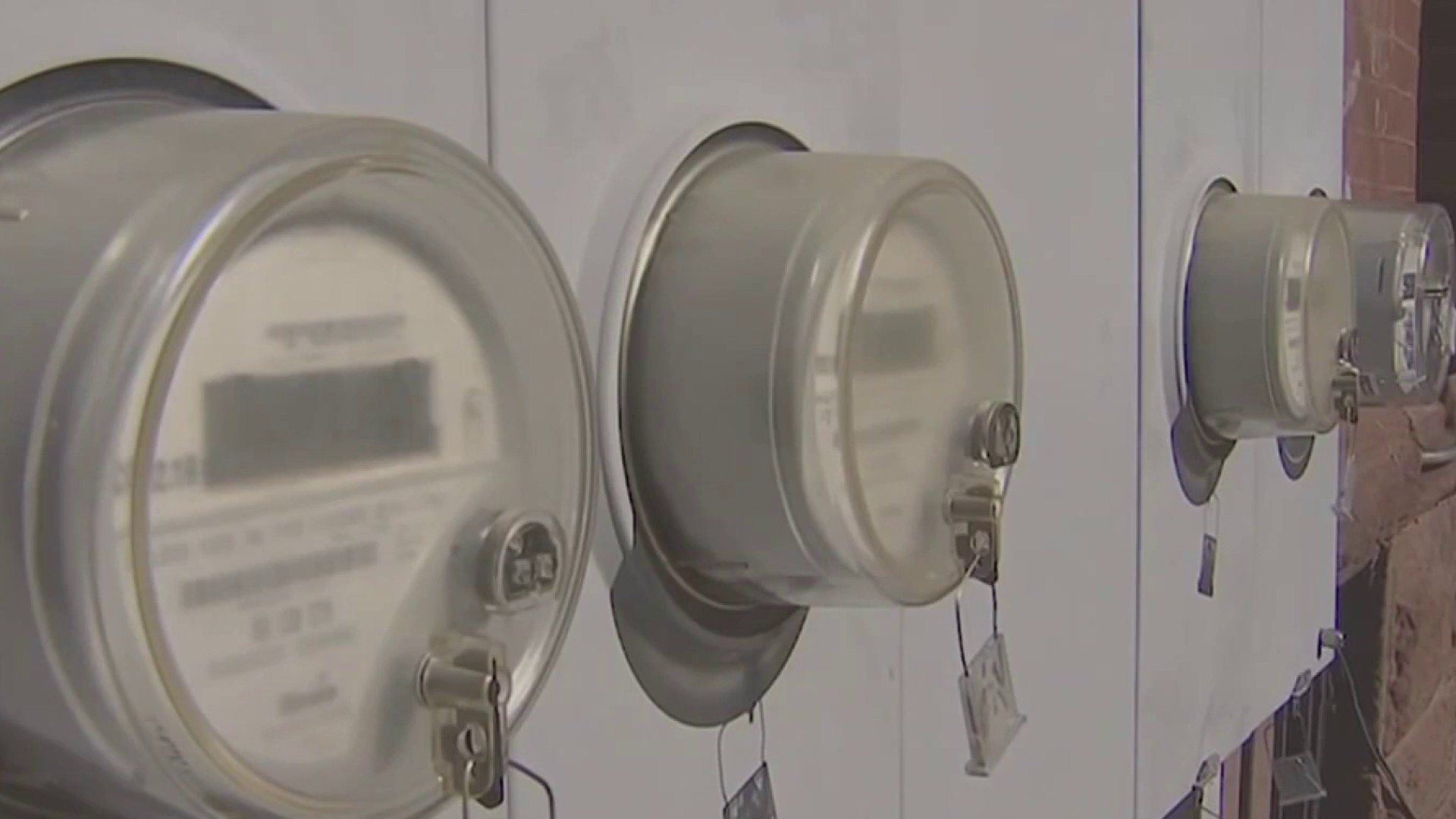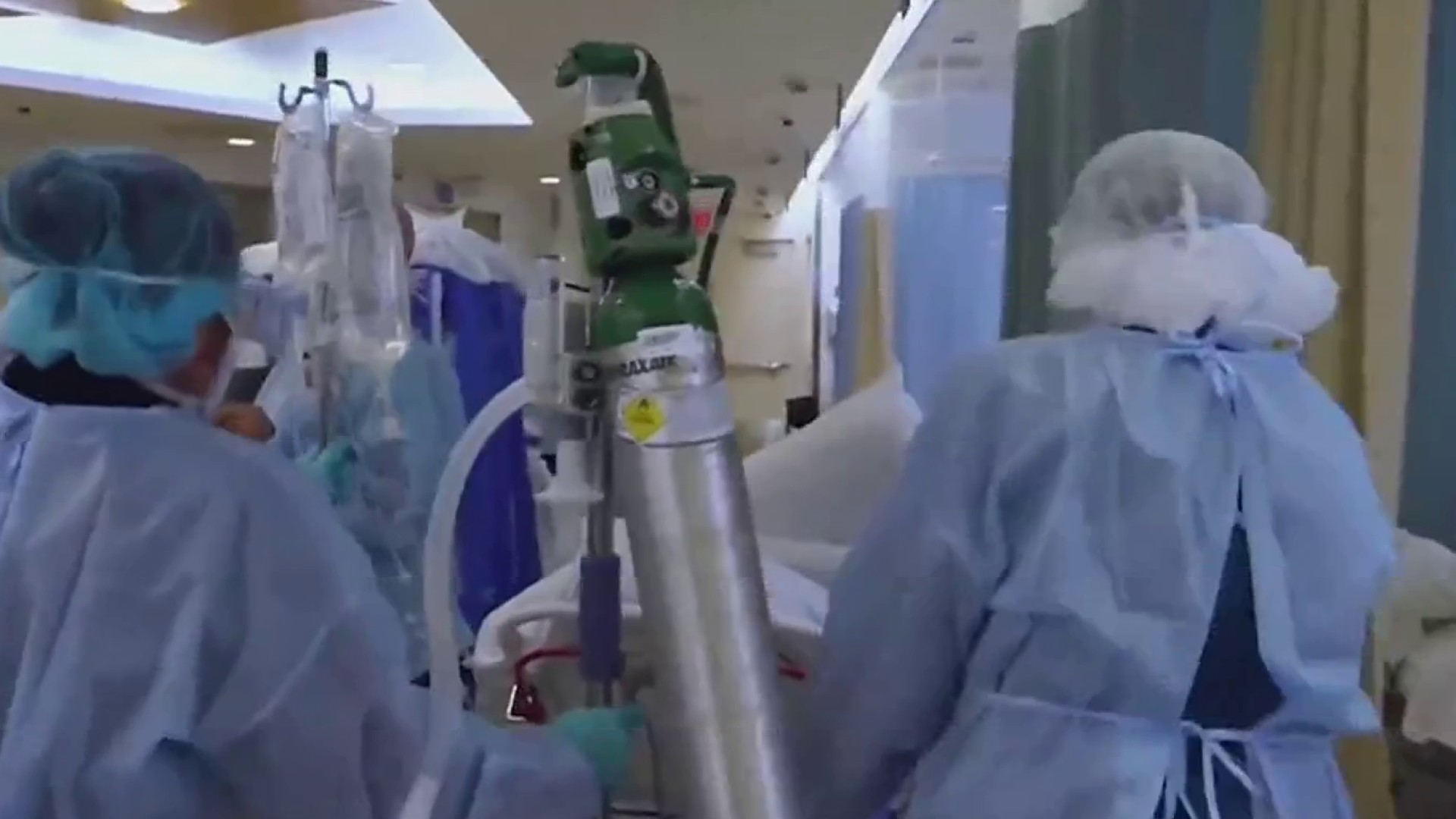There is federal money on the way to get some of these projects done where roads were washed out and rail were affected.
There is federal money on the way to get some of these projects done where roads were washed out and rail were affected.
NBC Connecticut's Mike Hydeck spoke with State Transportation Commissioner Garrett Eucalitto about it.
Mike Hydeck: So first, how many state projects are underway that are flood-related right now?
Garrett Eucalitto: So we currently have around 10 specific road closures on state roadways, but we have dozens more of other impacted locations on state roadways where our maintenance forces are trying to do repairs, fixing embankments, strengthening some slopes and fixing guide rails. But there's 10 major closures we're currently facing.
Get top local stories in Connecticut delivered to you every morning. Sign up for NBC Connecticut's News Headlines newsletter.
Mike Hydeck: So President Biden approved the disaster declaration within 24 hours of the governor's request. How long does it take to get those federal funds, and are there any conditions on how that money can be used?
Garrett Eucalitto: Yeah, so I mean, the presidential approval doesn't necessarily bring any additional funding to us right now. It starts a process where we start to document the needs. I know many communities across the state are documenting their needs. On the roadway side, we contacted Federal Highway Administration the day after the storm. We sent a letter indicating that we are intending to seek reimbursement from the federal government under their emergency relief program, which is under US DOT, not under FEMA. And until we know what the full extent of our damages is and what the full extent of the cost to rebuild will be, we don't know if or what we will get from the US DOT, but we started the process to at least keep our place in line.
Mike Hydeck: So there are also major concerns with the Waterbury and Danbury lines on Metro-North. They had to do some backfill and reinforce the tracks. Does the state have any role in those repairs, or is that all on the train company?
Face the Facts
Face the Facts with NBC Connecticut goes beyond the headlines, asking newsmakers the tough questions, giving an in-depth analysis of the big stories.
Garrett Eucalitto: We do. So the Danbury and Waterbury branch lines are fully owned by us at Connecticut DOT. Metro-North operates the service for us. They also do some of the maintenance for us, but we were out there with Metro-North forces inspecting the damage. It is going to be incumbent on us to pay for the repairs to those rail lines. The Danbury branch was already taken care of, but the Waterbury branch has two major washouts. We're looking at recovery that's going to take over a month. And Metro-North forces are out there right now doing repairs at one location. The other location, we're going to have to try and find a way to use contract forces working with Metro-North to repair on a major washout in Seymour.
Mike Hydeck: Now, because some of these roads are major thoroughfares, people need to get to New York on the trains to go to work, in some cases, this has to happen. A lot of these repairs happen around the clock. So I'm imagining a lot of overtime comes with this, too. So this is not just engineering, construction. Overtime is going to be figured into a pretty big budget, I would imagine, yes?
Garrett Eucalitto: Yeah, yeah. You know, since since the storm hit, our forces have been working. In some cases, we've had to station employees out 24 hours a day manning locations where we could not safely allow traffic to go one lane at a time. So they were there flagging, doing stop signs. But then they were also working on clearing debris and making repairs, 24 hours a day since the storm hit, and so you know, we'll deal with that later. Right now, we're focused on clearing debris, assessing all the damage, getting roads open where we can to allow people to get to where they need to go safely, because we want to minimize the impact to the communities where they live and where these businesses are located.
Mike Hydeck: So when repairs are made like these, when it comes to roads and bridges, retaining walls, are they built back to original specifications, or are they re-engineered to withstand a greater surge of water if this happens again in the future?
Garrett Eucalitto: It's a great question. So, you know, these were designed many decades ago, built many decades ago. We are going to look to rebuild to make the structures more resilient. We are seeing across the state more rainfall when we have these major rainfall events. We saw it last year in Scotland, Connecticut, too. So we need to accommodate much larger amounts of rainfall, but we'll never be able to build to withstand a 1,000-year flood event. But we can build to something higher than what we had that was built 80 years ago.
Mike Hydeck: So even before these failures, some of our bridges were rated poorly by engineering societies. We got infrastructure money from the federal government to start addressing these concerns. But months ago, you were here on Face the Facts, and you told me, finding trained engineers to lead all of these projects was difficult. It was a hard process. How is the hiring process going with that?
Garrett Eucalitto: We're doing a better job, but it's going to take years to get enough engineers in the pipeline. So it starts in high school and before, where we need to get kids excited about STEM, about engineering and about the sciences. And we have started doing that, going into schools in Hartford and New Haven through a STEM outreach program. We're working really closely with UConn as well as other schools and colleges across Connecticut, such as CCSU, Quinnipiac, University of Hartford and University of New Haven and others. So we are working really closely with them. We are making a dent on our, you know, vacancies. We have only around 140 vacancies in engineering right now, which is much better than where we were last year.



